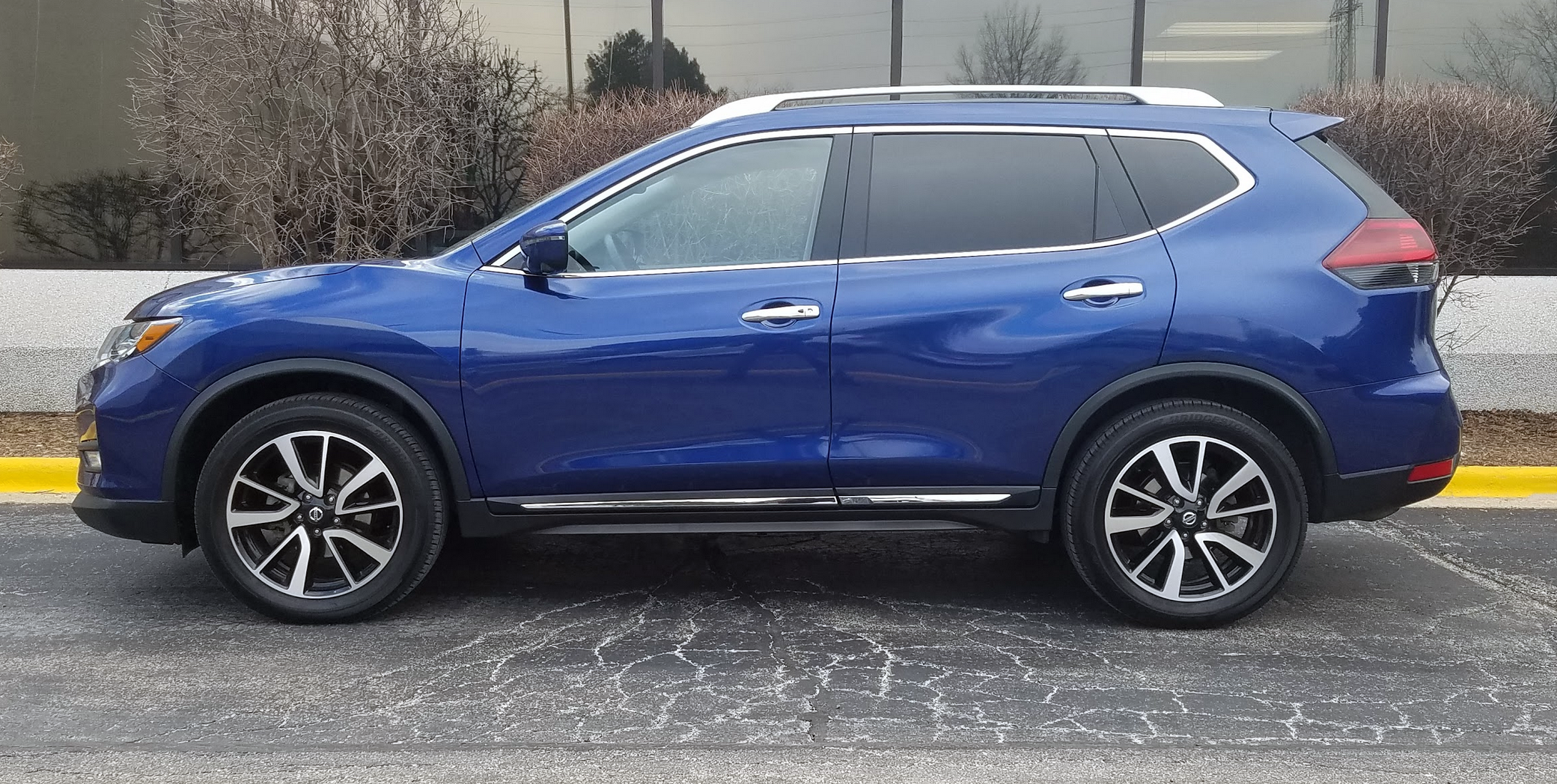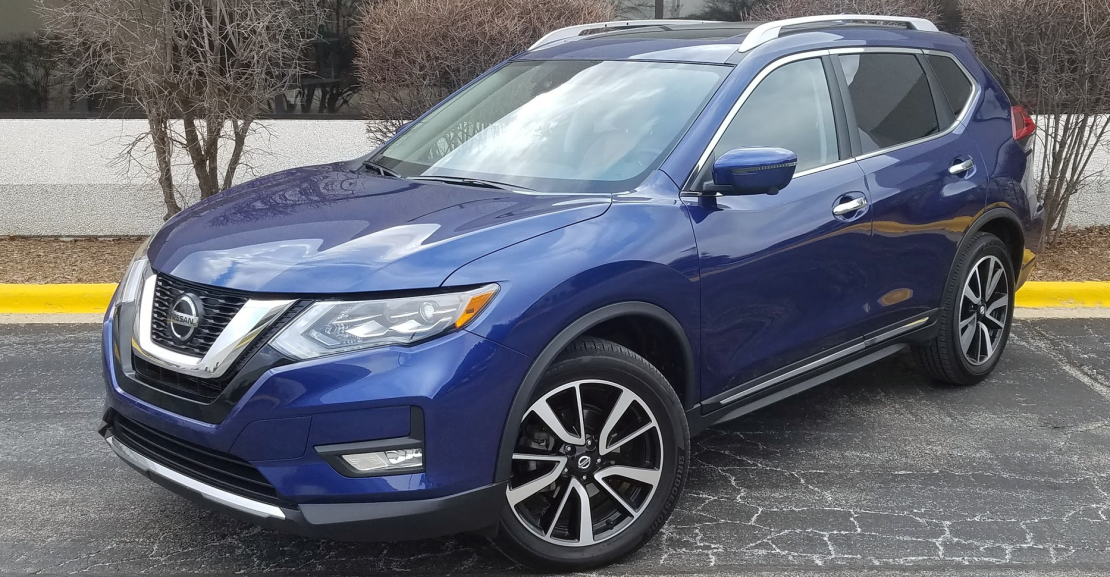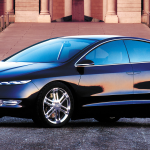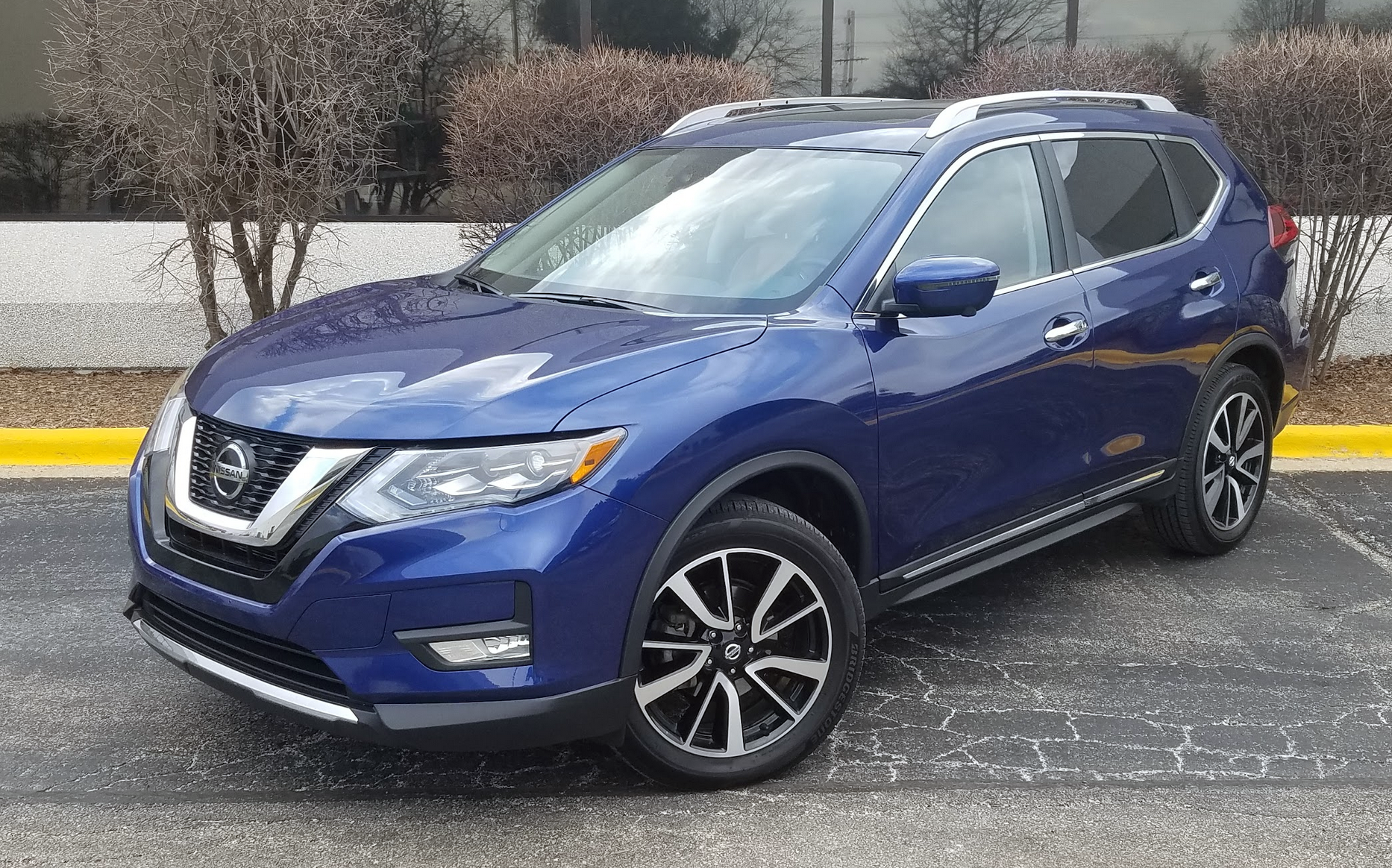
 2018 Nissan Rogue SL AWD
2018 Nissan Rogue SL AWD
Class: Compact Crossover
Miles driven: 217
Fuel used: 8.8 gallons
Real-world fuel economy: 24.7 mpg
Driving mix: 60% city, 40% highway
EPA-estimated fuel economy: 25/32/27 (city, highway, combined)
| CG Report Card | |
|---|---|
| Room and Comfort | B+ |
| Power and Performance | B- |
| Fit and Finish | B+ |
| Fuel Economy | B+ |
| Value | B |
| Report-card grades are derived from a consensus of test-driver evaluations. All grades are versus other vehicles in the same class. Value grade is for specific trim level evaluated, and may not reflect Consumer Guide's impressions of the entire model lineup. | |
| Big & Tall Comfort | |
| Big Guy | B |
| Tall Guy | A |
| Big & Tall comfort ratings are for front seats only. "Big" rating based on male tester weighing approximately 350 pounds, "Tall" rating based on 6'6"-tall male tester. | |
Base price: $32,410 (not including $975 destination charge)
Options on test vehicle: Premium Package ($1820), Platinum Package ($790), Platinum Reserve Interior ($250), floor-mat package with first-aid kit ($275)
Price as tested: $36,520
Quick Hits
The great: “Just right” size, passenger and cargo versatility, impressive range of available features
The good: Pleasant (if not particularly athletic) driving personality
The not so good: Engine can grow noisy in fast acceleration
More Rogue price and availability information
Damon Bell
Nissan’s popular compact SUV gains some things and loses something for 2018. The additions are an updated infotainment system with standard Apple CarPlay/Android Auto smartphone connectivity and the availability of Nissan’s ProPILOT Assist driver-aid system; the subtraction is the previously optional third-row seat, which is no longer available.
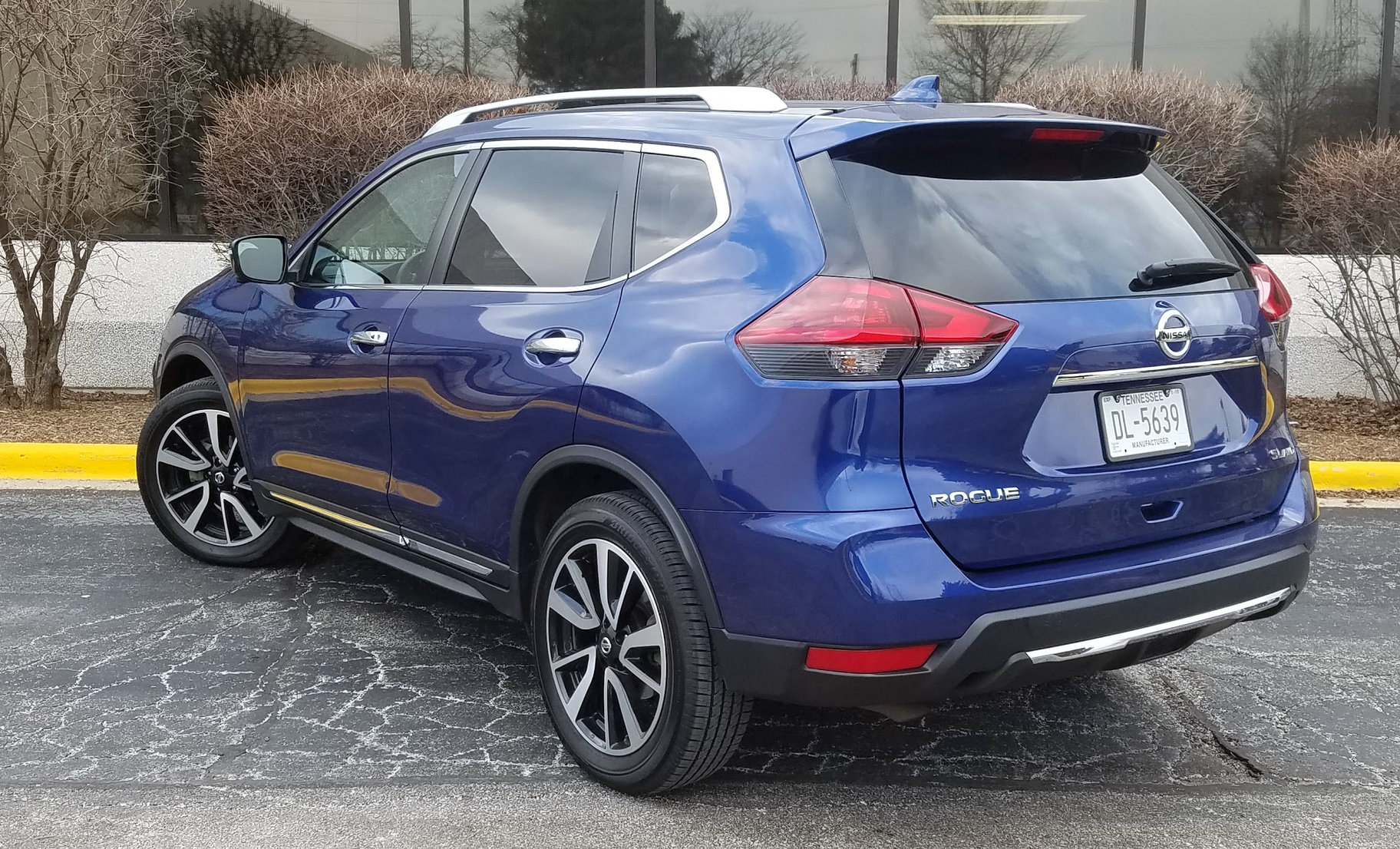
Depending on your perspective, the discontinuation of the third-row seats isn’t that big a loss. Though it could come in handy for the occasional hauling of extra kids (like when you offer to take the neighbors’ kids home from soccer practice), the Rogue’s third row was too cramped to be comfortable for most adults and teenagers, if they could fit back there in the first place. If you want a third row and you don’t want to step up to a midsize SUV such as the Ford Explorer or Toyota Highlander, the Mitsubishi Outlander or Volkswagen Tiguan—both of which we categorize as compact SUVs—are your only choices (and their available third-row seats are also rather cramped).
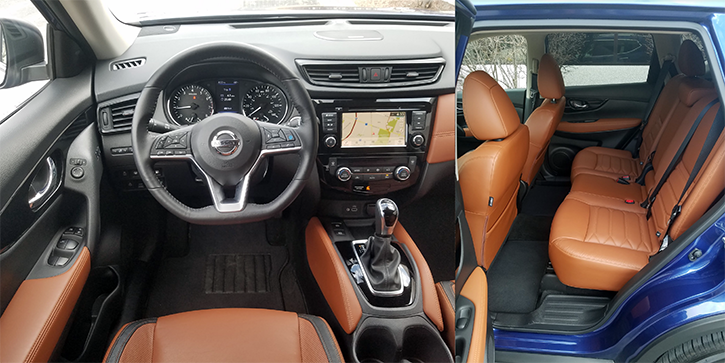
The Apple CarPlay/Android Auto functionality is an obvious plus for smartphone users (and it’s quickly becoming an expected feature in all new passenger vehicles), but the available ProPILOT Assist system is the more noteworthy addition. It’s a driver-assist feature that pairs adaptive-cruise-control functionality with automatic lane-centering steering assist (the driver’s hands must remain on the steering wheel); you can think of it as a “baby-steps” foretaste of the more advanced semi-autonomous and, someday, autonomous driving technologies that are certain to proliferate among mainstream-brand vehicles, Nissans included, in the future.
Our test Rogue was a top-of-the-line SL model, which was further decked out with Premium Package (which adds LED headlights and a panoramic sunroof), the Platinum Package (19-inch alloy wheels, an electronic parking brake, and the ProPILOT Assist system), and the Platinum Reserve Interior (tan leather-appointed seats with quilted leather inserts).
Test Drive: 2018 Chevrolet Equinox 2.0T
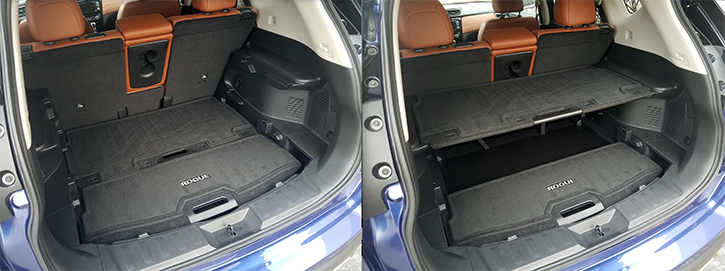
The SL trim comes standard with amenities such as heated front seats, a heated leather-wrapped steering wheel, sliding/reclining second-row seats, 9-speaker Bose audio system, and a navigation system. The upgrades of the Platinum Reserve package add to the ritziness, but the overall ambiance here still comes up a just bit shy of the top trim levels of rivals such as the Mazda CX-5 and Volkswagen Tiguan.
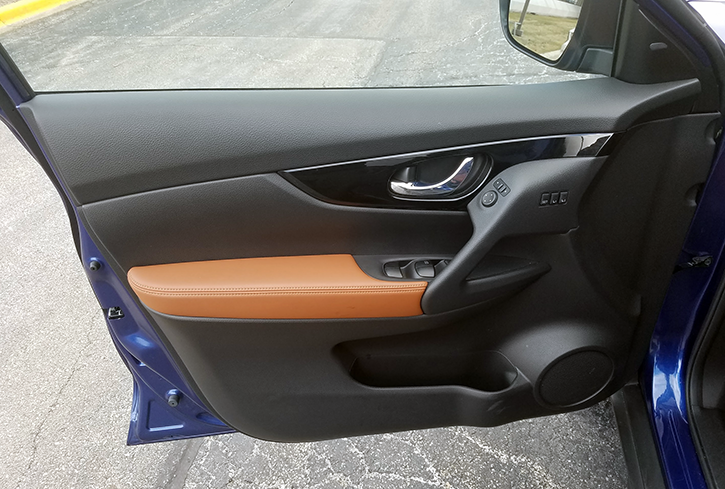
You can check out our 2017 Nissan Rogue First Spin and our test drive of a Rogue SL Hybrid for more on the Rogue’s driving manners and passenger/cargo versatility. Here, we’ll focus on the driving experience with the ProPILOT Assist system, which is proliferating across the Nissan model lineup. The system is essentially an enhanced adaptive cruise control system with lane-centering steering assist; it uses a front radar sensor and a forward-facing camera, and it works on highways with clearly defined lane markings in clear (or at least mostly clear) weather. Inclement conditions, such as snow, rain, wet road surfaces, faded or obscured road markings—or simply driving into direct sunlight—can disable the system.
The ProPILOT Assist system isn’t nearly as slick as some of the currently available “semi-automonous” driver-assist systems—Cadillac’s Super Cruise, for example, allows the driver to take his or her hands completely off the steering wheel. However, for a reasonably priced technology offered in a mainstream-brand vehicle, ProPILOT Assist is a clear cut above the average adaptive cruise-control system, and it does indeed take a bit of the load off the driver in a long highway trek.
Once you’re on a highway with clearly marked lanes, the ProPILOT system can be activated with a press of a button on the steering wheel. When the steering-assist system activates, a chime sounds, and digital steering-wheel and lane-line readouts in the driver information center display are illuminated in green. Though it’s a little unnerving at first to feel the steering wheel moving slightly in your hands with no input from you, but we quickly acclimated… and appreciated being able to turn over the minor task of keeping the Rogue square in its lane to the vehicle itself.
As long as the driver maintains a grip on the steering wheel, ProPILOT takes care of the minute steering adjustments to keep the vehicle centered in its lane, even when there are slight curves in the road. However, the system can’t handle lane changes, sharp curves, entrance/exit ramps, tollbooths, and the like, so you’ll have to take over in those situations. Still, when you combine the steering assist with the Intelligent Cruise Control’s capabilities (which include full stop-and-go functionality), ProPILOT Assist makes the chore of driving a little easier on a highway road trip or commute. And, ProPILOT Assist makes it even easier for us to recommend the well-rounded Nissan Rogue if you’re shopping compact SUVs.
Test Drive: 2017 Honda CR-V Touring
